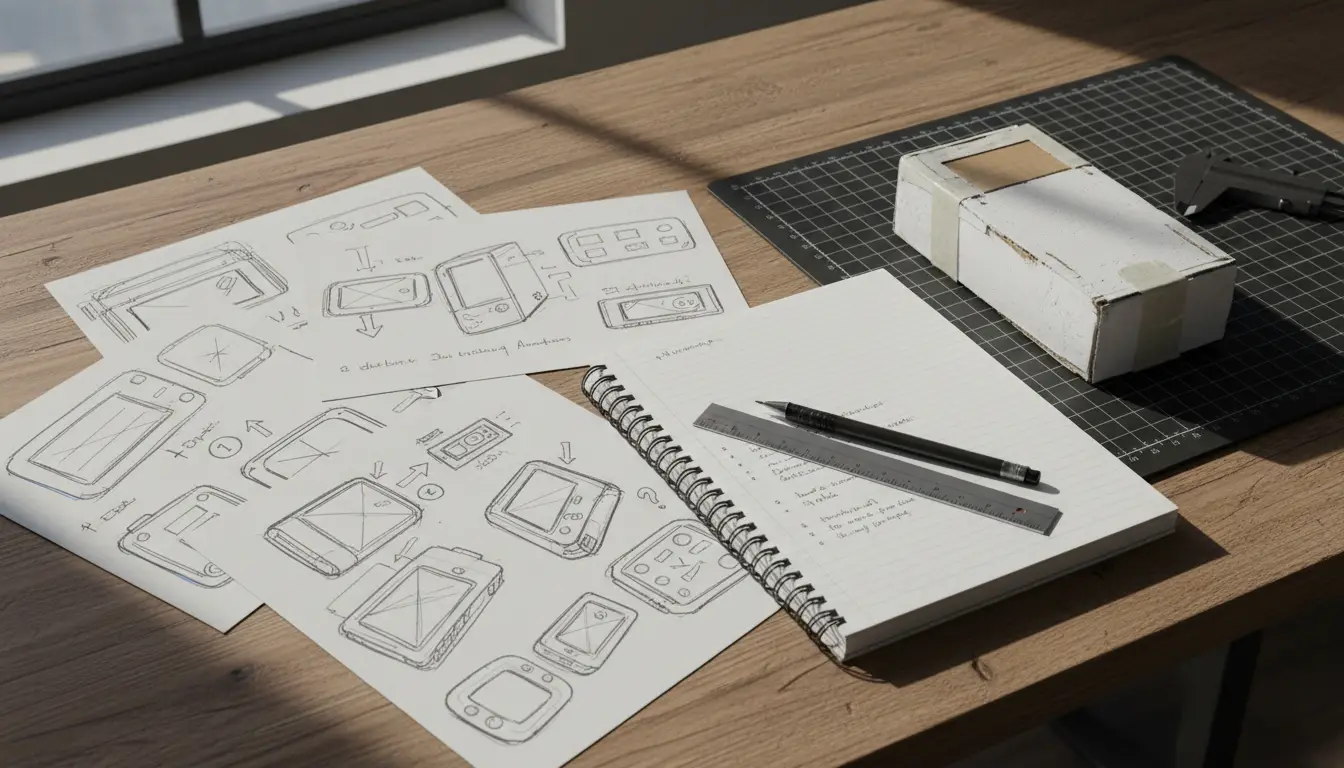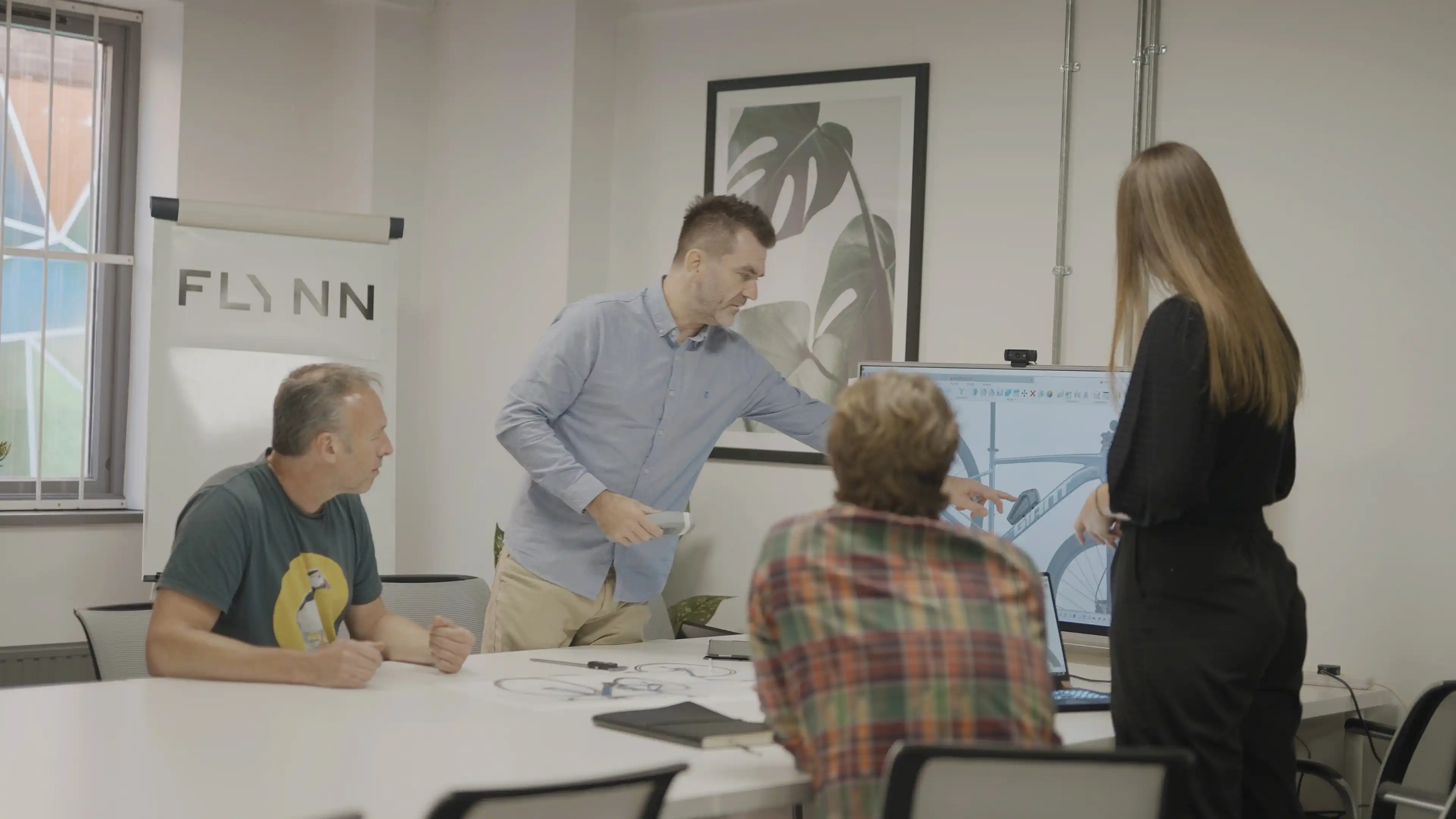Emotional Design
Emotional Design
Feeling the love behind Product Development
Emotional Design is everywhere. It fundamentally influences the perception and interaction between people and objects. For product designers, Emotional Design can be a potent force evoking reactions that can reach users on a fundamental level.
“One of the most enriching aspects of developing products is the concept of giving life to an inanimate object. I have always been fascinated by Shinto beliefs and how this impacts Japanese product development. They fully understand how objects can embody spirit. As product designers, this can be a wonderful experience of “birthing” objects that speak to us on an emotive, subconscious, stripped back - elemental level”
Chris Flynn - Founder & MD, Flynn Product Design

To get started, here’s a question:
Do you have objects that you just like?
Most of us do.
But what is it about things that make us like them?
Maybe it’s the comfort of a favourite mug, a handed-down tool, useful cooking utensil or decorative ornament. Perhaps it’s the pang of nostalgia when you see, touch and smell an object that reminds you of your childhood. Or it could be the desire for a brand new product. One that evokes curiosity, looks and feels right or that gives pleasure by working as it should every time.
On the other hand, what makes us dislike things? What steers us away from objects that we might perceive as unappealing, old fashioned or just plain ugly?
This palette of human responses can be resumed in one word – emotion.
Whatever form it takes, emotion or feeling is a universal language. Unlike most other facets of the human experience, feelings don’t have to be learnt. It’s what makes babies laugh or cry. It’s what instinctively attracts or repulses you, or makes you feel safe or scared, sad or happy.
And when it comes to creating products, what we’re talking about is evoking emotion, by design.
What is Emotional Design?
Accredited to the American designer Don Norman, Emotional Design is the quest to integrate emotional triggers into products through form, colour, material and functionality. By evoking positive emotions such as happiness, interest, nostalgia, comfort, humour, and serenity, Product Designers aim to add value, create connections and sometimes transport users in time and space.
Emotional Design can also be a potential powerful motor to generate both initial and sustained commercial success of consumer products.

What are the levels of emotional design?
According to Norman, Emotional Design has three levels or aspects of cognitive response:
Visceral - this is the initial subconscious feeling of attraction that makes us happy or draws us towards (or away from) something.
Behavioural - the set of feelings formed when we interact and are in control of a product, evaluating how it feels and how it works.
Reflective - the perception derived from the product experience and how the product fits into our lives.

Why is emotional design important?
In a high-speed, consumer-led world where thousands of new products are being created and copied every day, it can be hard for products to stand out.
In addition, the utilitarian and increasingly technically advanced nature of mass consumer products are frequently devoid of anything that might provide emotional satisfaction.
But for product designers who aim to evoke positive feelings as well as functionality and technical innovation, objects represent a three-dimensional canvas through which emotion can be communicated.
During the ideation and prototyping cycles of product design, we can ask questions such as:
What do you think about a particular shape?
How does the light reflect on a colour?
How does a texture feel to the touch?
Empathy is an important attribute in understanding the problems users face but also in the individual perception of products that offer solutions. Then through observation and research, we can evaluate if design choices spark emotive reactions and learn from user’s behaviour.
Generating positive emotions or states of happiness through emotive design that touch people’s sensitivity is the Product Designer’s Grail.
In doing so, the product becomes a physical manifestation of a feeling. It can tell a story in the same way that food, music or art.

Emotional Design at Flynn
At FlynnProduct Design, our philosophy naturally incorporates Emotional Design at a fundamental level.
We call it HUMAN.
HUMAN means understanding real needs and behaviour, challenging ourselves to explore what it is to be human, seeking the sources of emotions and how life experiences influence us.
It is a hands-on mindset that we use every day to connect people and real-life objects. It is simple yet complex, functional yet emotional. Using the earth’s resources and inspired by nature, we are pushing the boundaries to make products the best they can be and positively influence everyday life.
HUMAN design tells a story and communicates emotional intelligence in a similar way that the skilled craftsmanship of handmade products resonate with authenticity and tradition.
And by thoughtfully combining technology, functionality as well as evoking positive emotions, our products are designed to become your newest favourite thing.
In other words, products with a soul.
We provide businesses with product design consultancy, industrial design, prototype design & related services.
.avif)


